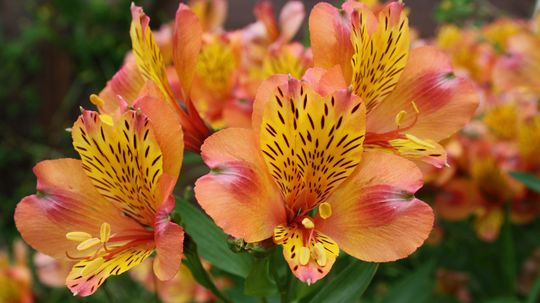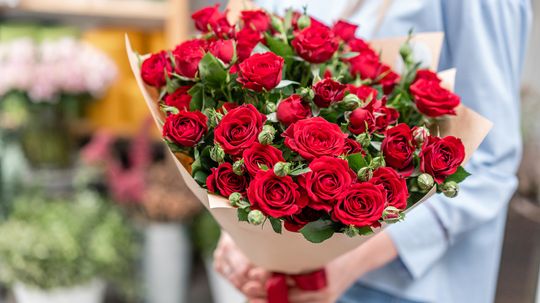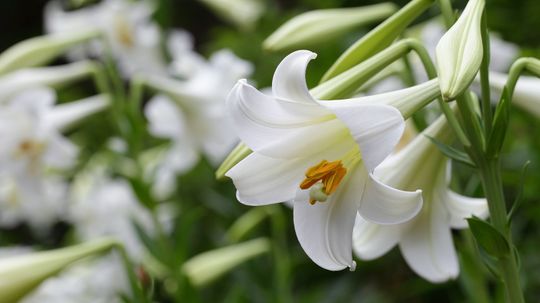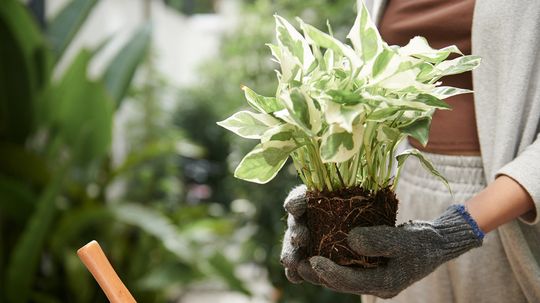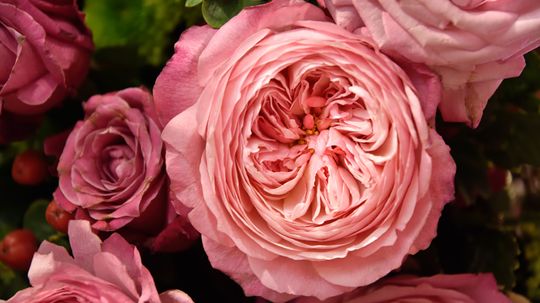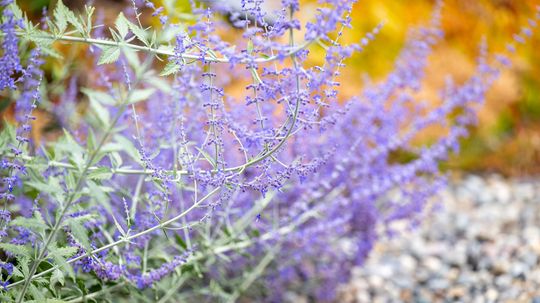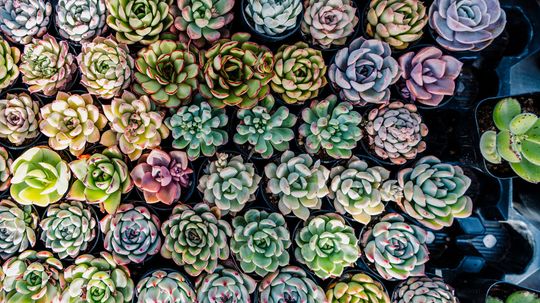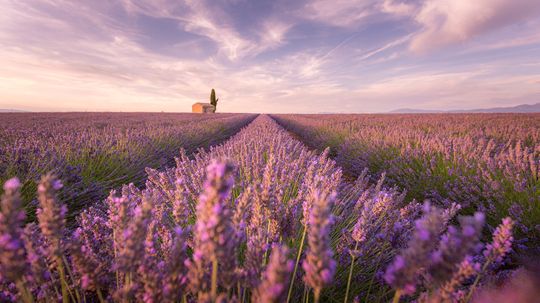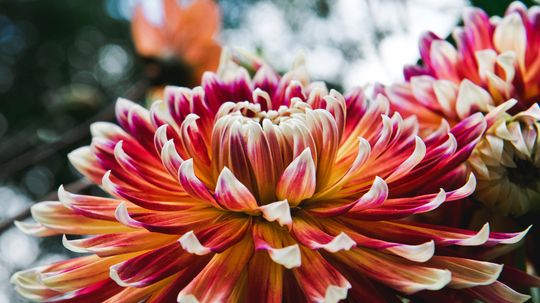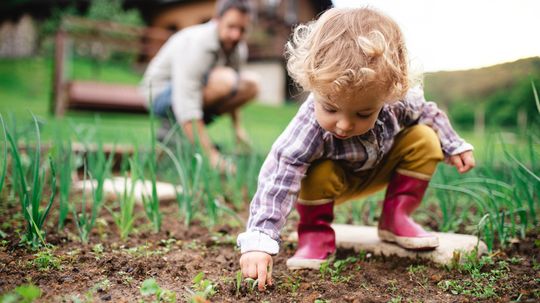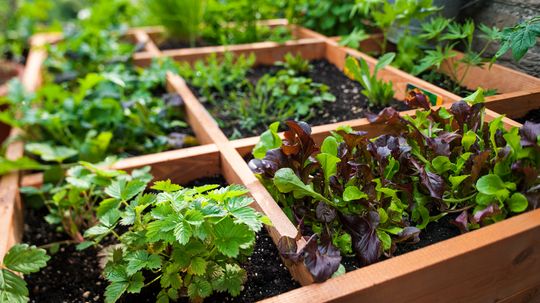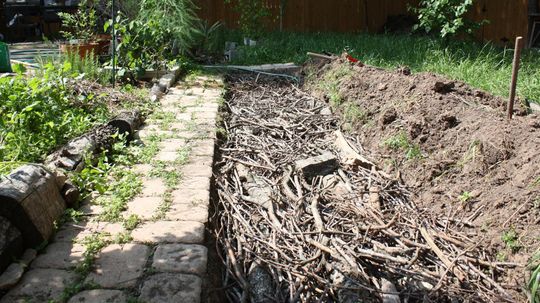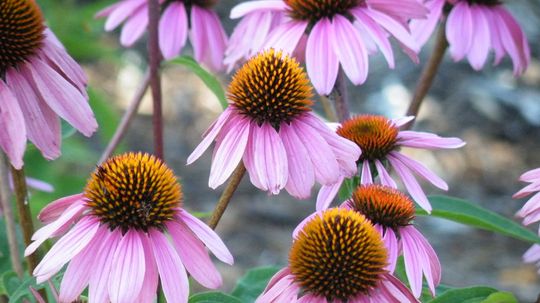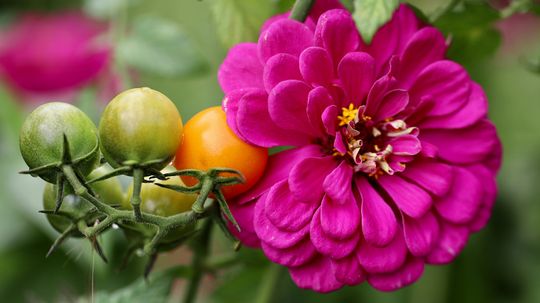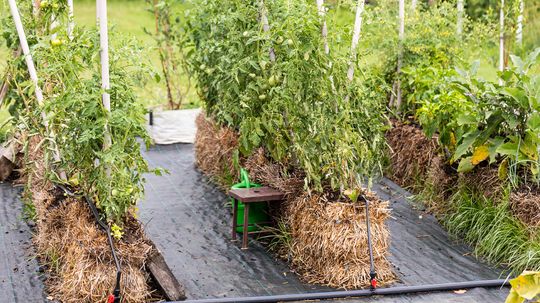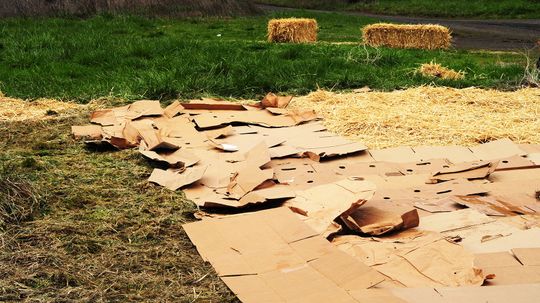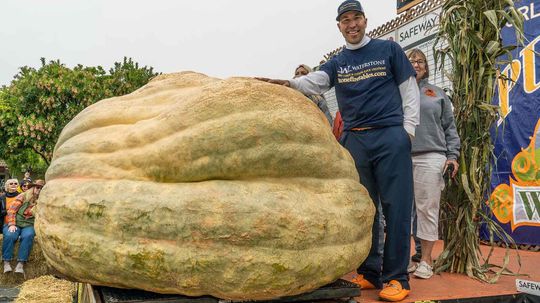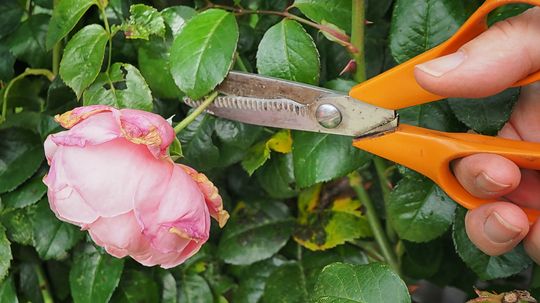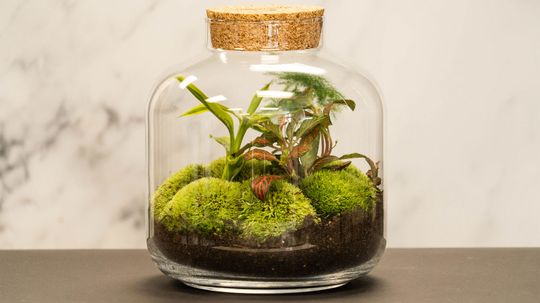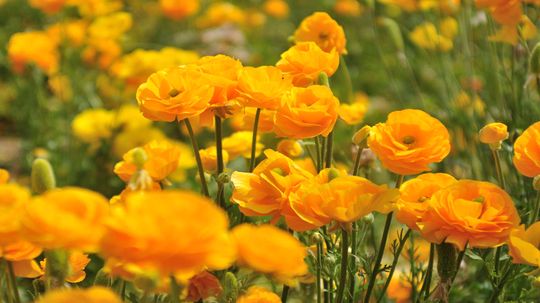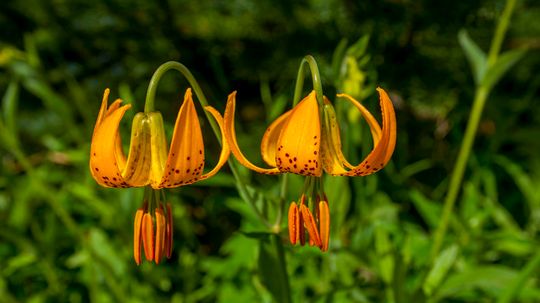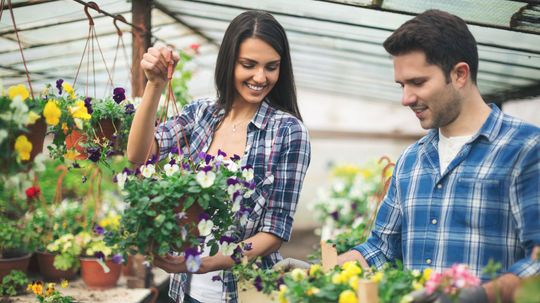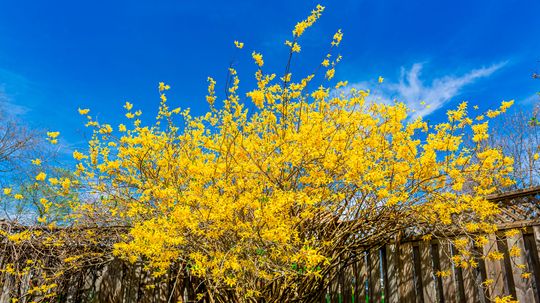Gardening
Gardening is a useful and relaxing pastime. Read gardening tips and learn how to plan and care for a variety of gardens.
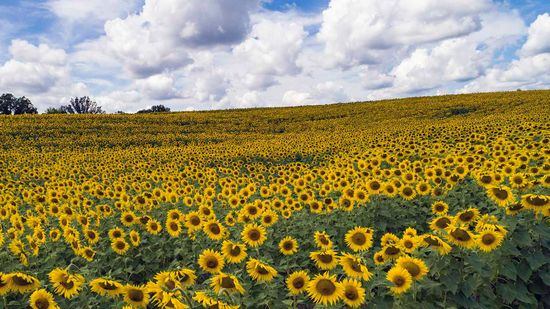
12 Sunflowers Facts for Beginner Gardeners
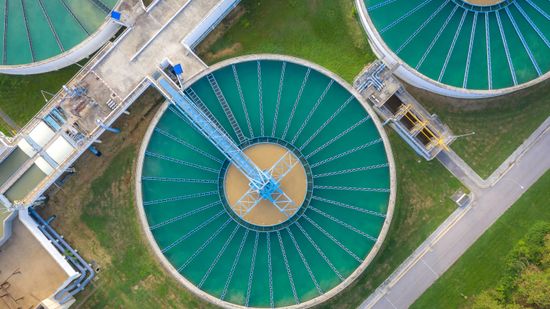
How can you recycle water for your outdoor garden?

5 Ways to Garden in Winter
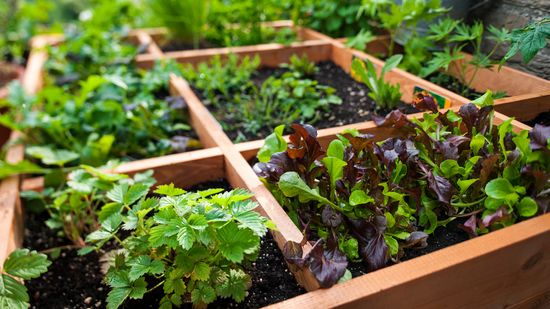
Square Foot Gardening: The Planting Method Created By an Engineer
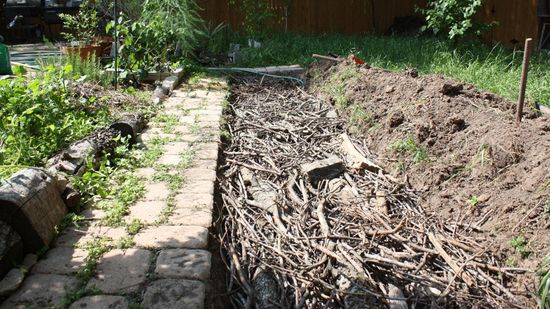
Hugelkultur Bed: Creating the Perfect Soil for Your Garden
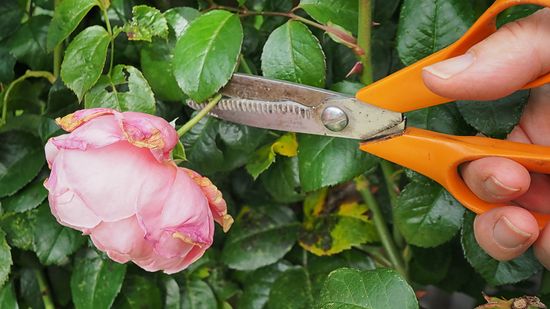
How Deadheading Helps Flowering Plants Flourish
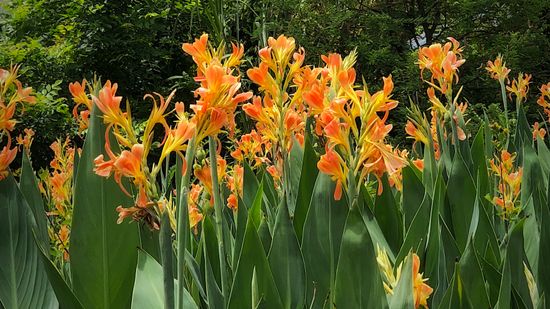
How to Store Canna Bulbs
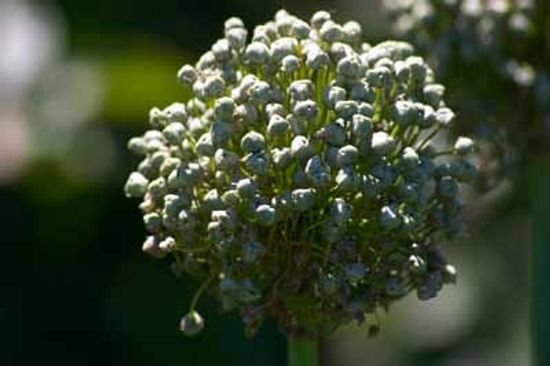
Flowering Onion
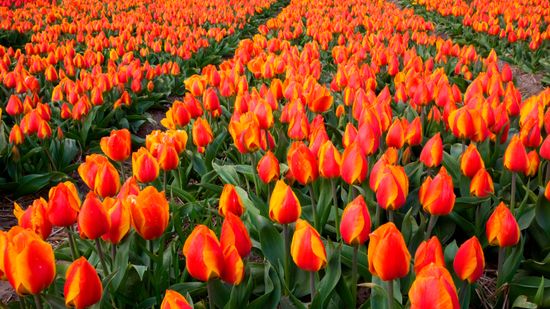
Tulip
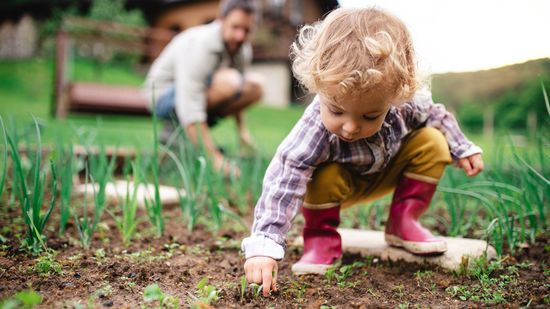
11 Easiest Vegetables to Grow Throughout the Year
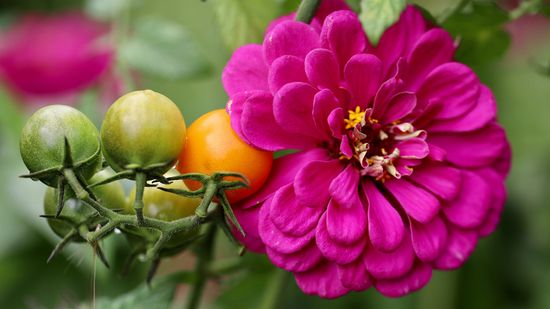
Companion Planting: The Do's and Don'ts of Growing Plants Together
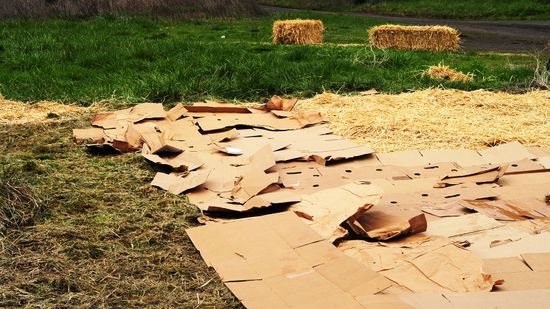
How 'Lasagna Gardening' Helps Create Healthy Soil
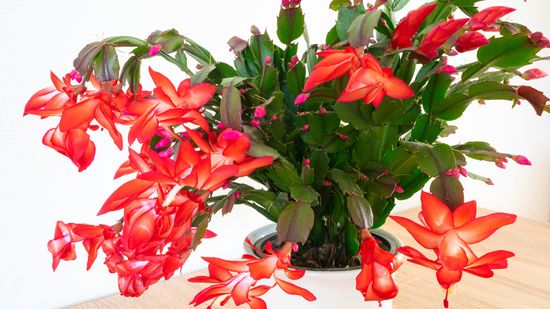
Christmas Cactus vs. Thanksgiving Cactus: What the Schlumbergera?
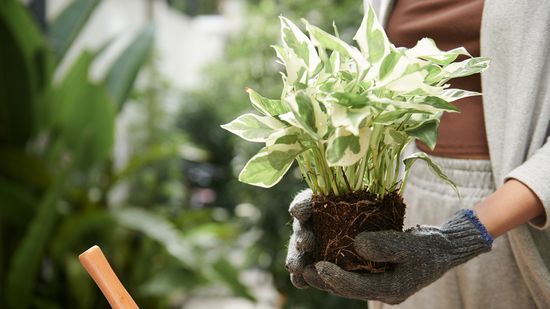
Pothos vs. Philodendron: Comparing Low-maintenance Plants
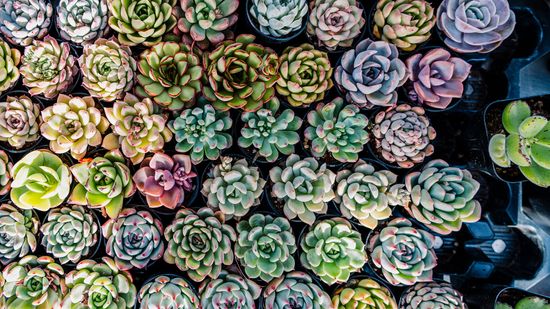
12 Types of Succulents for a Low-maintenance Garden
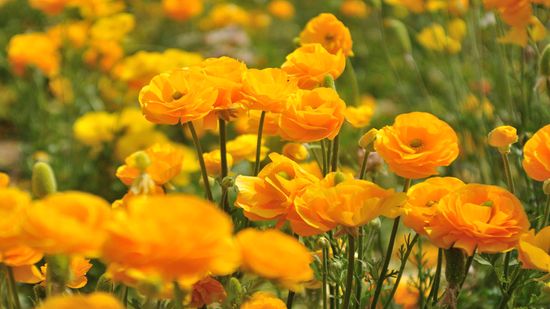
Ranunculus Is a Toxic Beauty With a Doozy of a Name
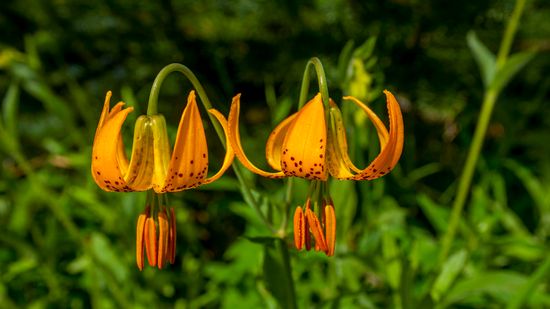
Tiger Lilies Are Easy-to-grow Garden Showstoppers
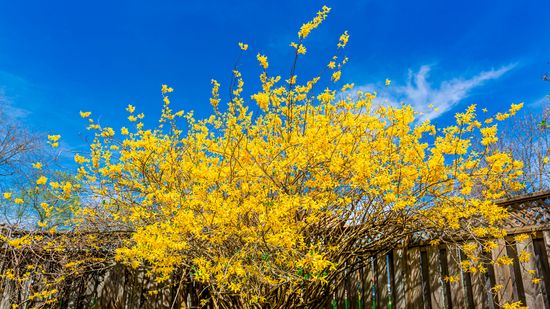
Caring for Forsythia, the Flaming Yellow Sign of Spring
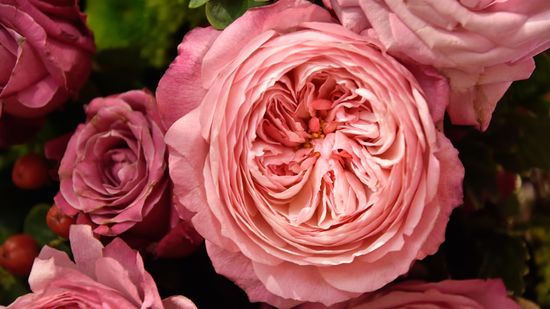
Most Expensive Flower (and 5 More Blooms That'll Break the Bank)

5 Easy Medicinal Herbs You Should Know and Grow
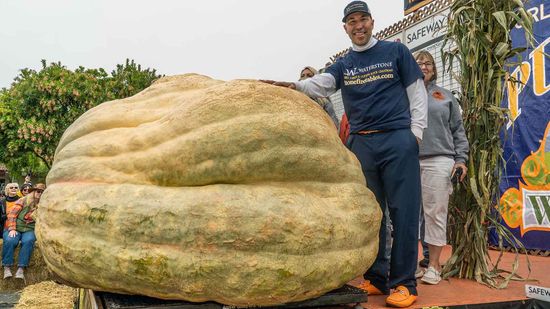
How Do You Grow a 2,000-pound Pumpkin?
Learn More
Some blooms fade fast, but others stick around, brightening up your space for days or even weeks. If you're looking for the longest-lasting flowers, these picks deliver staying power and natural beauty with minimal fuss.
At first glance, the Christmas cactus vs. Thanksgiving cactus debate might seem trivial. But for houseplant lovers and holiday decorators, knowing the difference between these popular holiday cacti is key to enjoying their vibrant blooms during the festive season.
Roses are the divas of the garden world. But just like divas, not all roses are alike. There are more than 30,000 types of roses cultivated across the globe, and each with its own flair, fragrance and flower power.
Advertisement
Lilies are beloved for their showy blooms and sweet fragrance, making them a staple in flower arrangements, gardens, and potted plants.
The untrained eye might fail a pothos vs. philodendron identification challenge. They're both climbing vines with heart-shaped leaves, both common in hanging pots, and both rock stars of the indoor plants world.
Plants may not walk or talk, but they’re some of the busiest life forms on Earth. From towering trees to tiny mosses, the many different types of plants offer food, shade, oxygen, and color to the world.
Some flowers bloom briefly, but their prices leave a lasting impact on your bank account.
Advertisement
In Russian sage vs. lavender comparisons, gardeners often wonder which plant is best for color, fragrance, and low-maintenance appeal.
Looking to green up your space without a lot of fuss? These types of succulents thrive with minimal care and add a sculptural edge to any setting. Perfect for a succulent garden, indoor containers or even your desk.
At first glance, a lilac vs. lavender comparison might seem like a trick question. Both belong to the lavender family of pale purple shades, and both bring to mind springtime blooms, calming atmospheres and fragrant flowers.
Whether in a garden or a wedding bouquet, different types of flowers can brighten so many aspects of human life. From elegant flower arrangements to the stunning blossoms found in the wild, flowering plants come in different shapes, sizes and colors.
By Mack Hayden
Advertisement
Starting your own vegetable garden can be a rewarding and delicious hobby. But choosing the right vegetables can make the difference between a bountiful harvest and a frustrating experience. If you're a beginner, you'll want to start with the easiest vegetables to grow in different seasons.
By Mack Hayden
Square Foot Gardening is great for people who want to grow their own veggies and who also like very specific instructions.
If you're looking for an easy, organic way to improve your soil and create a permanent, thriving garden bed, a hugelkultur bed will check all the boxes for you.
By Kate Morgan
In a world so heavily dependent on pharmaceuticals, it's a wonderful thing to be able to treat some common maladies straight out of your garden.
By Kate Morgan
Advertisement
Learn which plants benefit each other - and which plants shouldn't be neighbors - to get the most out of your garden.
By Kate Morgan
Did you know you don't need a plot of dirt or a ton of space to grow a lush vegetable and flower garden? You can get started with a bale of straw.
By Kate Morgan
"Lasagna gardening" is a no-till, no-dig method of organic gardening that helps create rich, healthy soil and requires very little work to get started.
By Kate Morgan
Farmers grow giant pumpkins heavier than cars using one seed variety. And one grower just set a new world record, squashing the competition.
By Muriel Vega
Advertisement
Removing the spent blooms from your flowering plants will keep your garden looking its best and help your plants stay focused on reblooming.
David Latimer put a plant and some compost in a bottle in 1960. It's still alive and thriving over 60 years later. How does a closed ecosystem like this work?
Ranunculus is a genus containing more than 600 species, all of which are beautiful, but toxic to both humans and animals.
By Carrie Tatro
Tiger lilies have it all - they're edible, have healing properties and act as perfect pollinator magnets. They're also long-lasting, strikingly beautiful and super easy to grow.
By Carrie Tatro
Advertisement
Potting soil looks an awful lot like dirt, except there's likely no earth in the mix. So, what is it really made of? And is it better for potted plants than the stuff from the ground?
By Alia Hoyt
A cinch to plant and tend, forsythia is beloved for its vivid yellow blooms. They also mark the beginning. Here's how to grow and care for these beauties.
By Alia Hoyt
